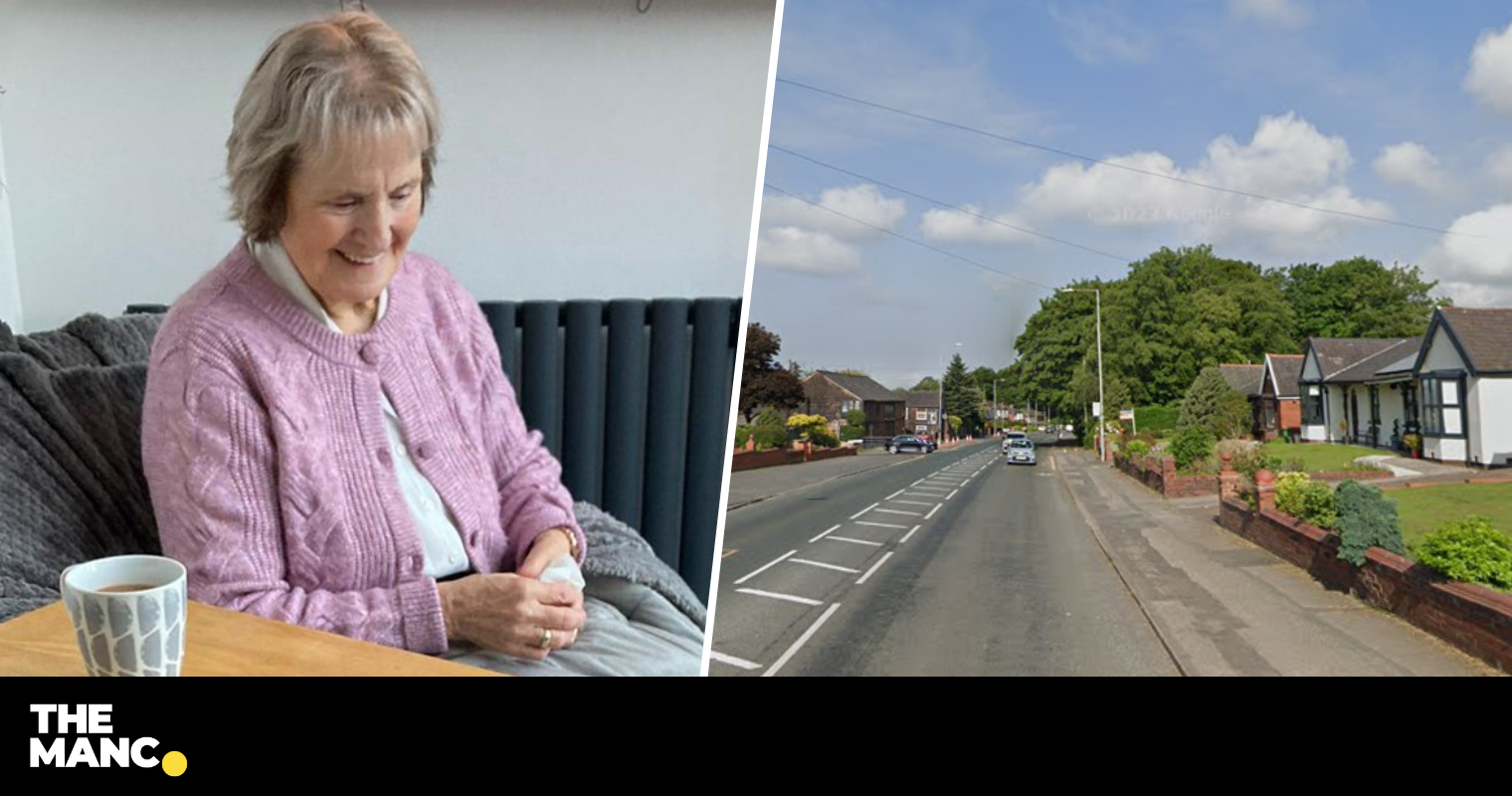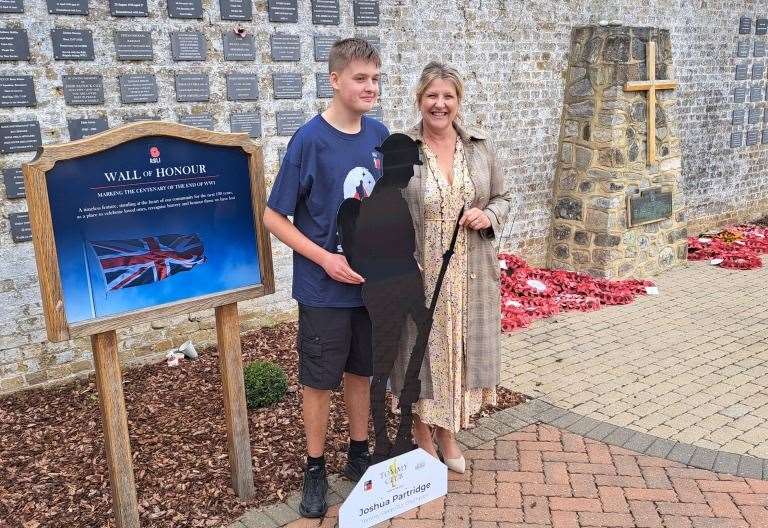Housing benefit freeze squeezing tenants into rent shortfalls

New analysis has shown the severe lack of private rentals in England that are affordable to low-income renters receiving housing benefit.
1.8m private renters in England – one in three of all renters – receive help through universal credit or legacy housing benefit to afford their home. The local housing allowance (LHA) sets the maximum amount they can claim, and is meant to ensure that people can access the cheapest 30% of local homes.

But LHA has been frozen since 2020, based on rents in 2018-19, while private rents have risen rapidly to their highest recorded levels.
Analysis from the Chartered Institute of Housing (CIH) and Shelter, a leading homelessness charity, has found the freeze has left a small number of private rentals that are actually covered by LHA rates – and therefore affordable for the 1.8m renters and their families who rely on housing benefit to avoid arrears and homelessness.
Last year, fewer than one in five private rents in England were within LHA rates, meaning one in three renters were only able to afford fewer than one in five homes.
In every local area LHA fails to cover the cost of the cheapest 30% of two-bedroom family homes. In some parts of the South West, one in 10 or fewer two-bedroom rents are affordable, at just 10% in Bristol and Mendip and as low as 7% in Yeovil. The worst affected part of the South East is the Sussex coast, where fewer than 10% are affordable within LHA rates in the Eastbourne and East Sussex areas.
In both Leeds and the Greater Manchester area there are now low numbers of affordable two-bedroom rents: just 9% in Leeds, 10% in Bolton and 5% in Tameside. Low affordability affects the countryside too: just 8% in parts of rural Suffolk (around Bury St Edmunds) and 13% in North Yorkshire (around Scarborough).
Some households face even more of a challenge finding an affordable home, such as people under 35 without children, who are normally only eligible to claim the cost of a room in a flatshare. It has become very common for there to be virtually no affordable rents at this shared accommodation rate in parts of the country. In 24 out of 152 local areas in England, 5% or less of rooms to rent were affordable. In coastal areas like North Cornwall, North Devon, Plymouth and Dover there were no affordable rents recorded within the shared accommodation rate at all.
These findings are based on data collected by the Valuation Office Agency on the rents paid by actual tenants from October 2021-September 2022. This means they don’t reflect increases in rents since then.
This data also doesn’t reflect the market for new lets, with as few as one in 50 newly advertised private lets being affordable for people claiming housing benefits in June 2022.
Almost 900,000 households who cannot find suitable rented property within LHA rates face shortfalls on their rent of an average £151 a month, which they must make up from other limited income at a time when the cost of other essentials keeps going up.
Image: Napendra Singh












